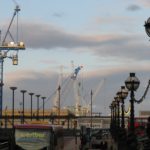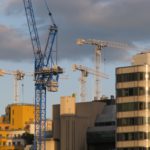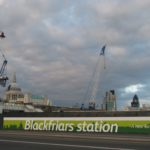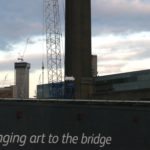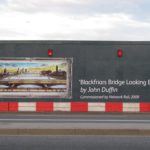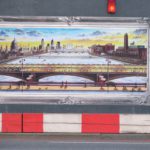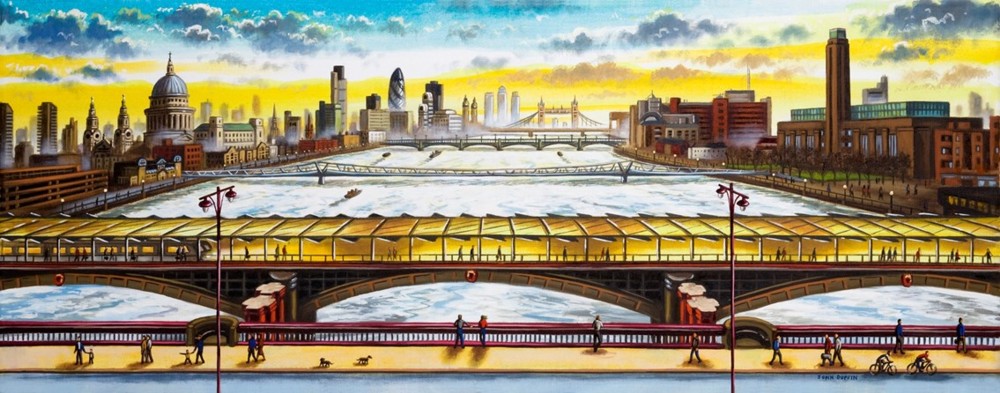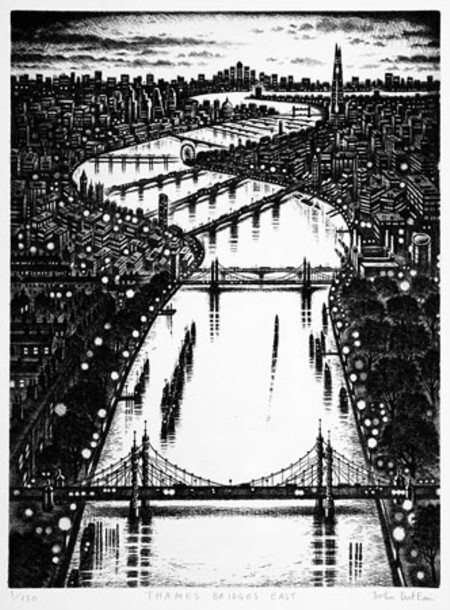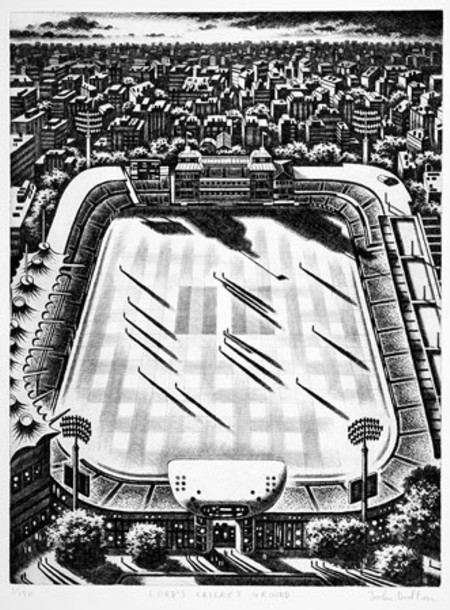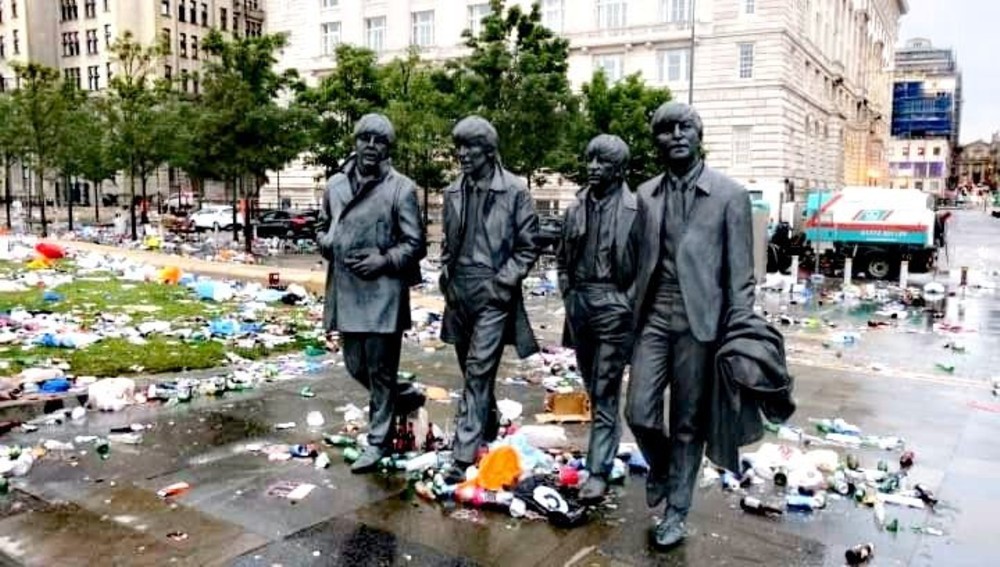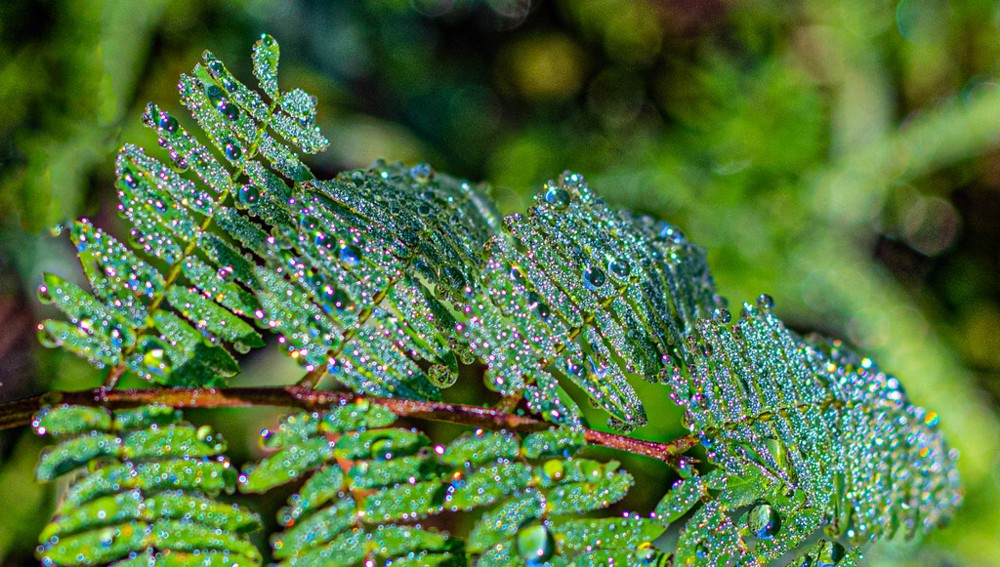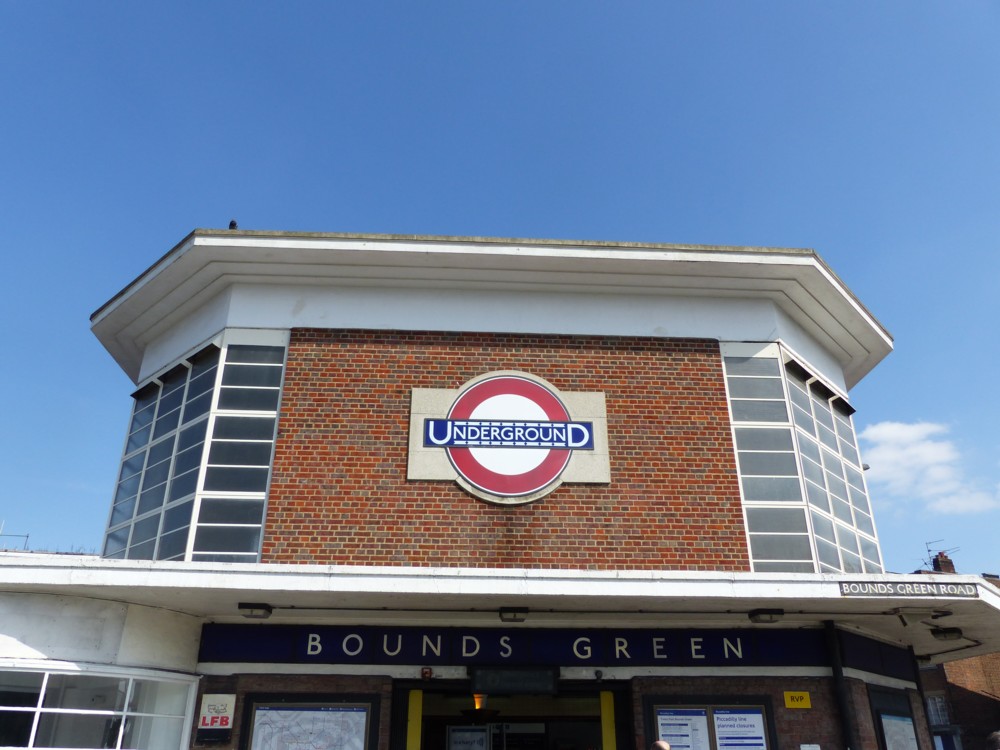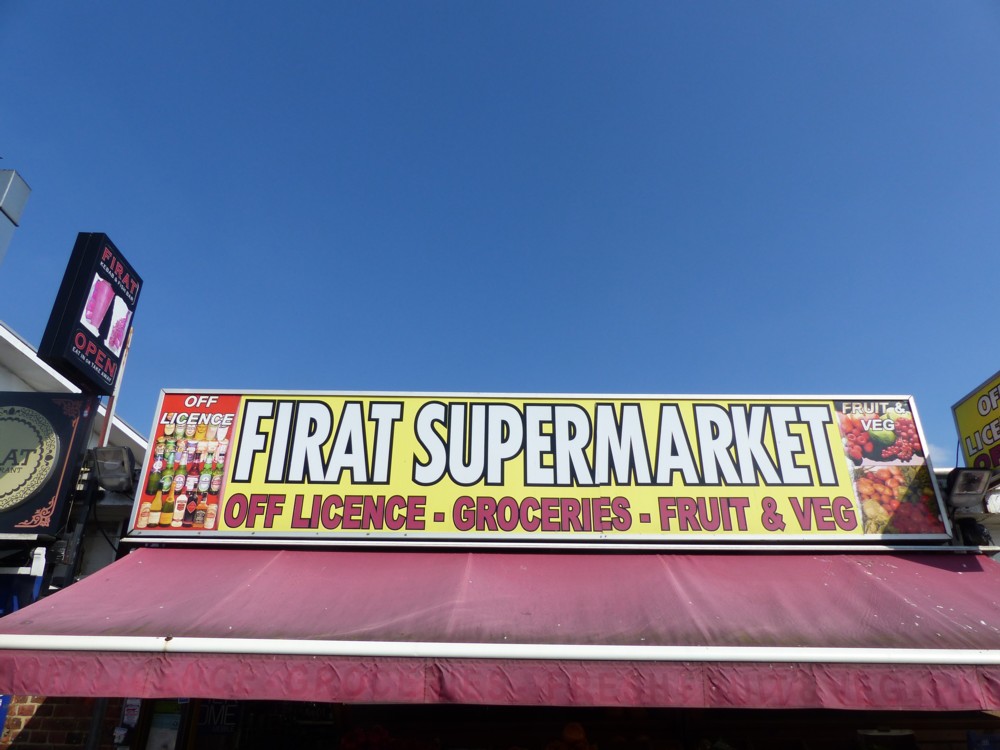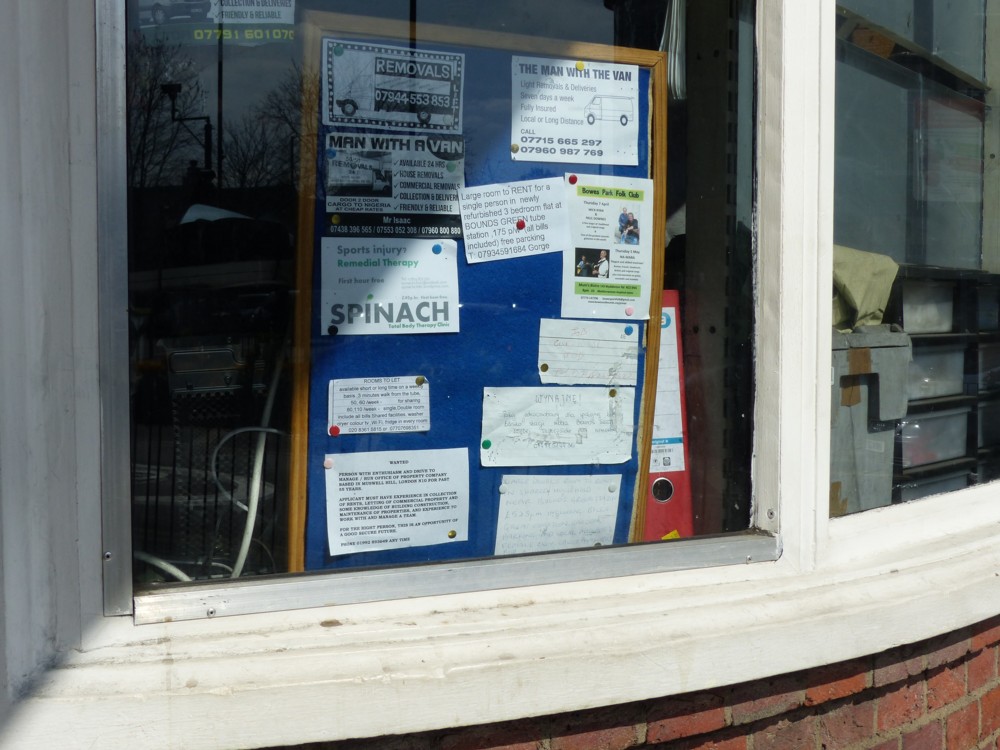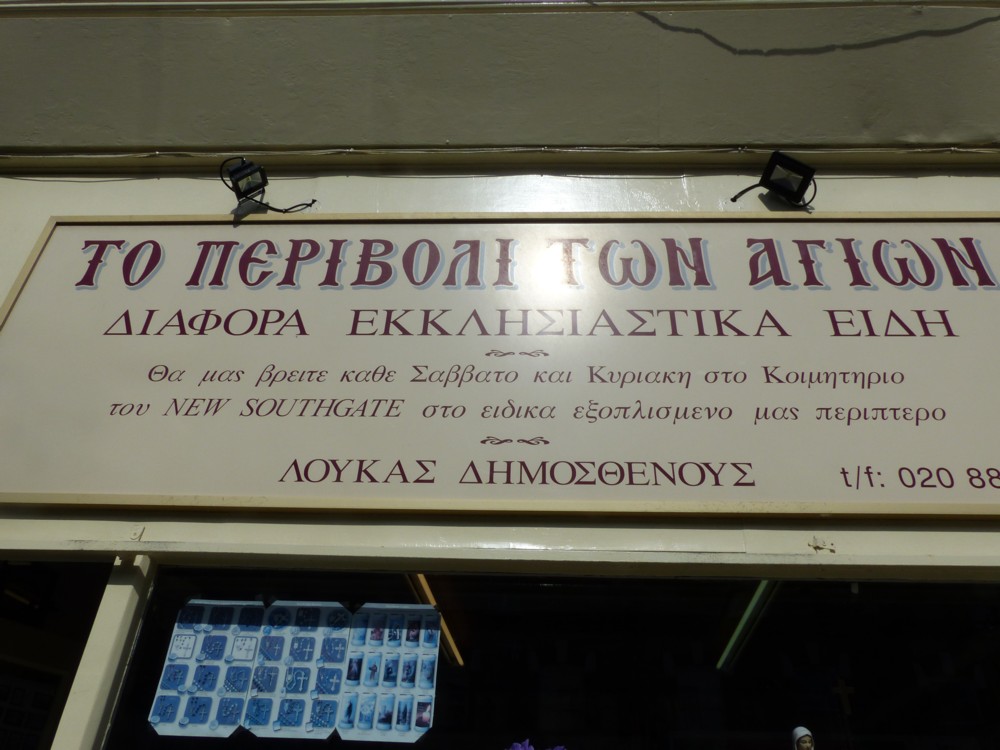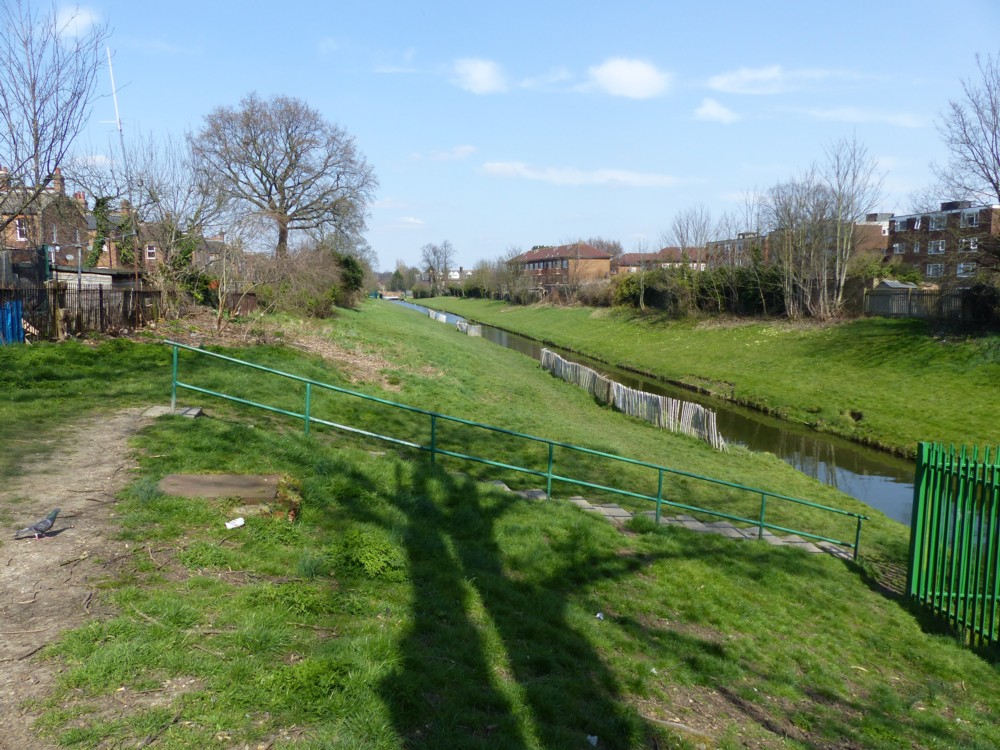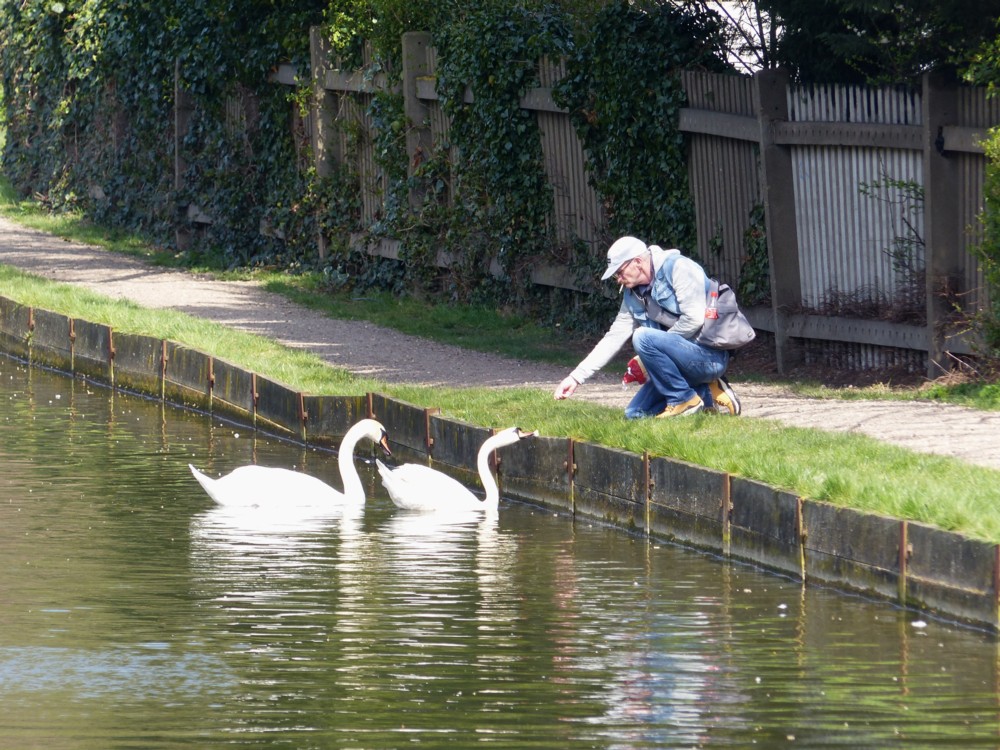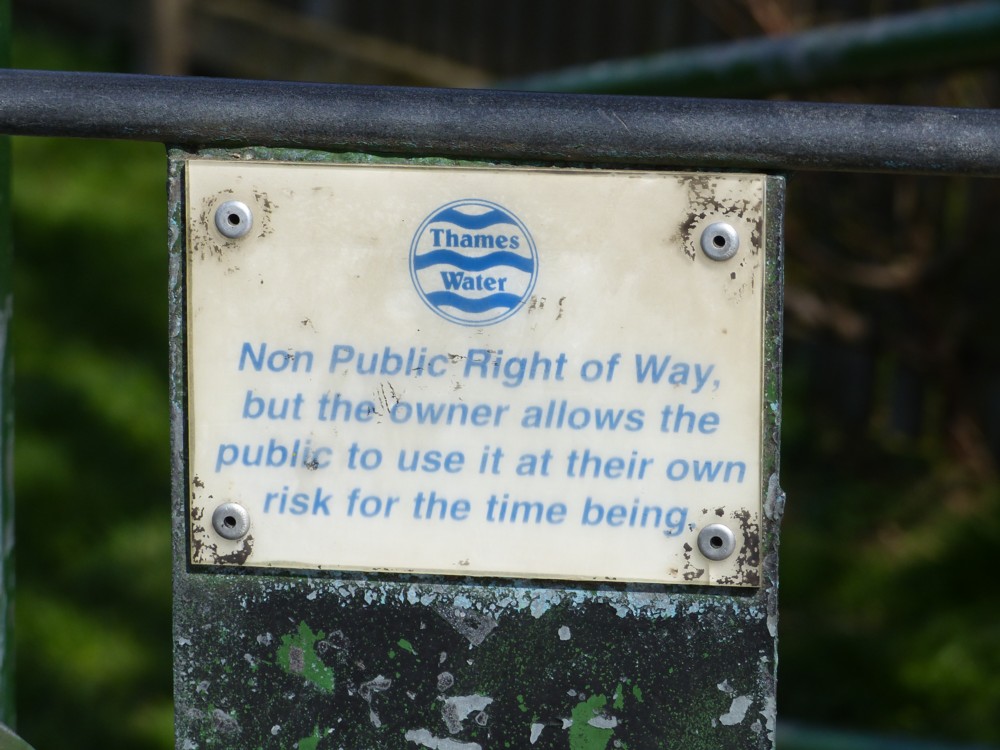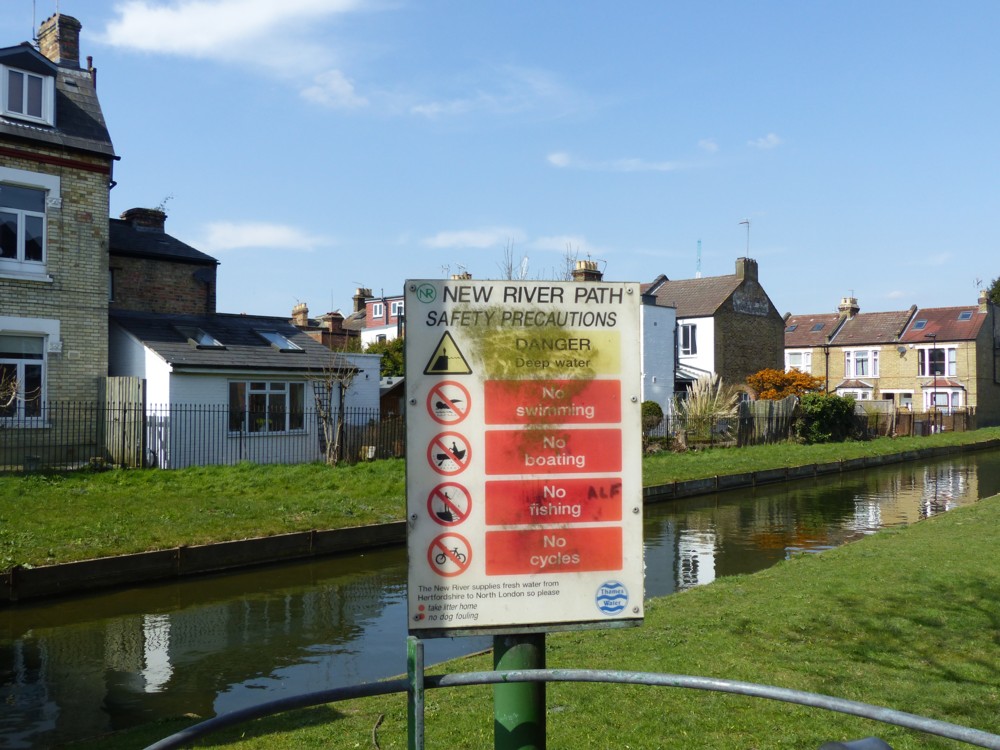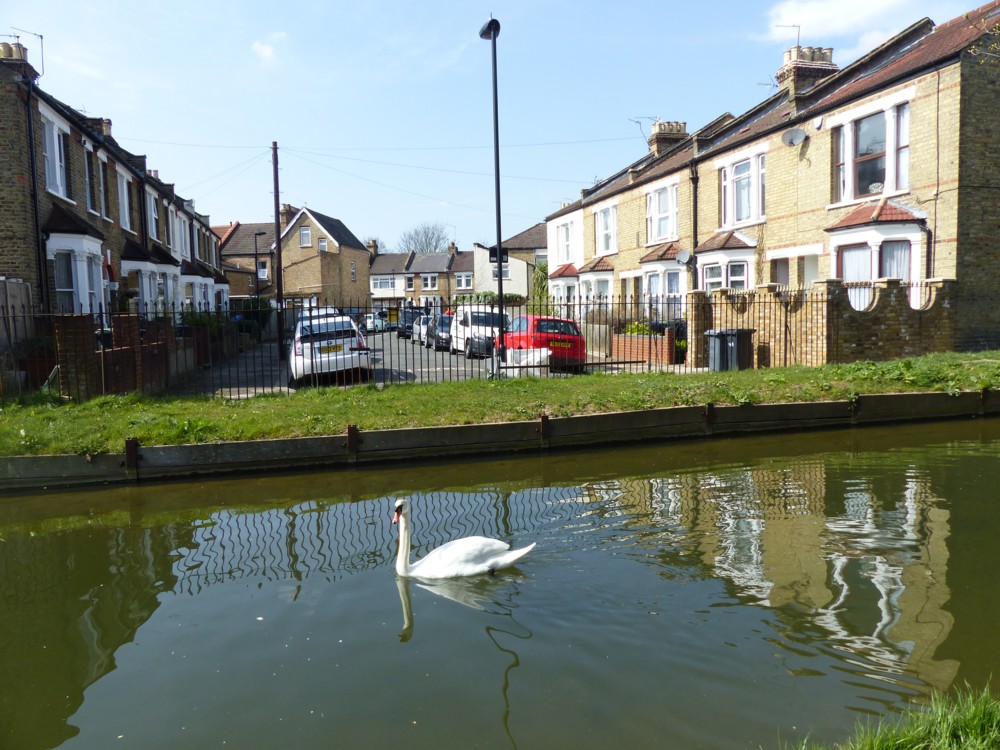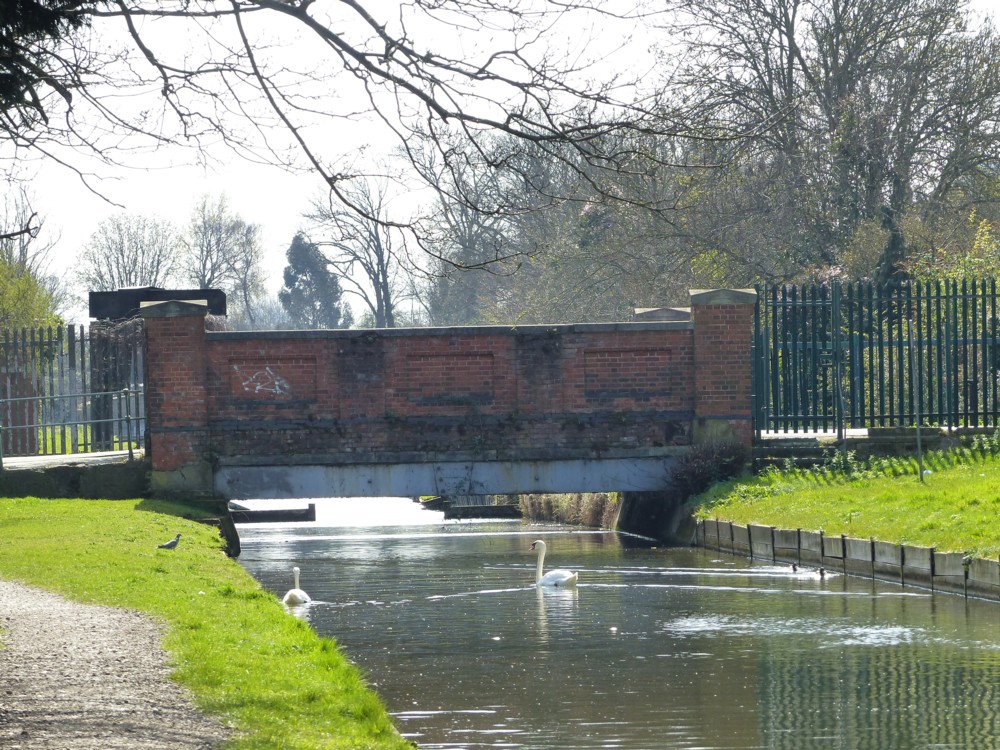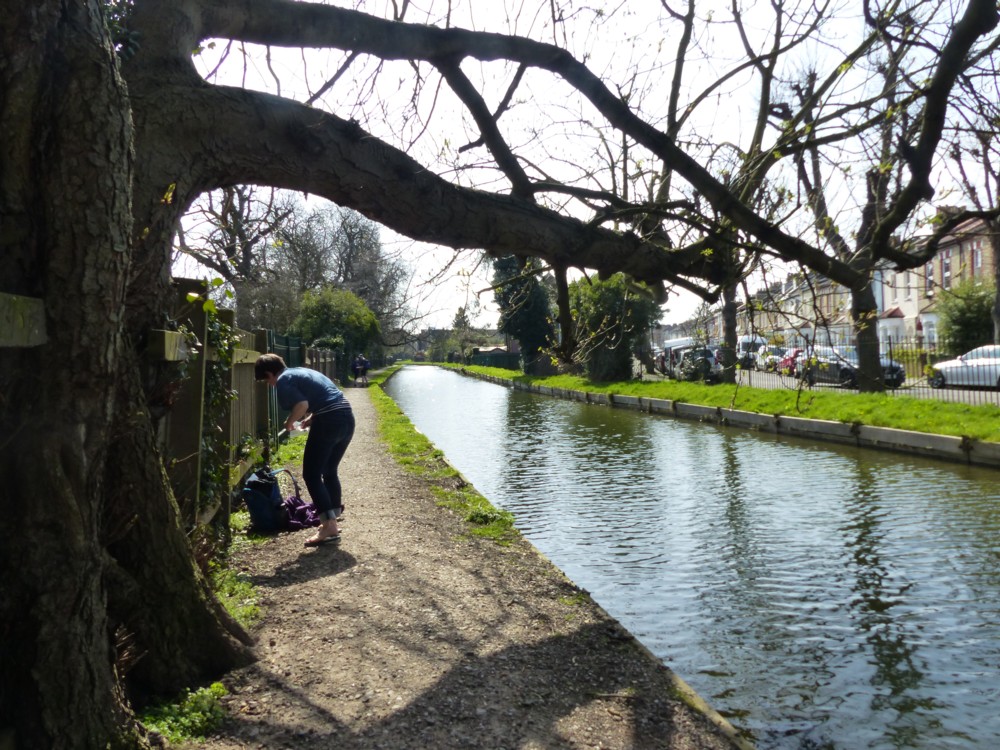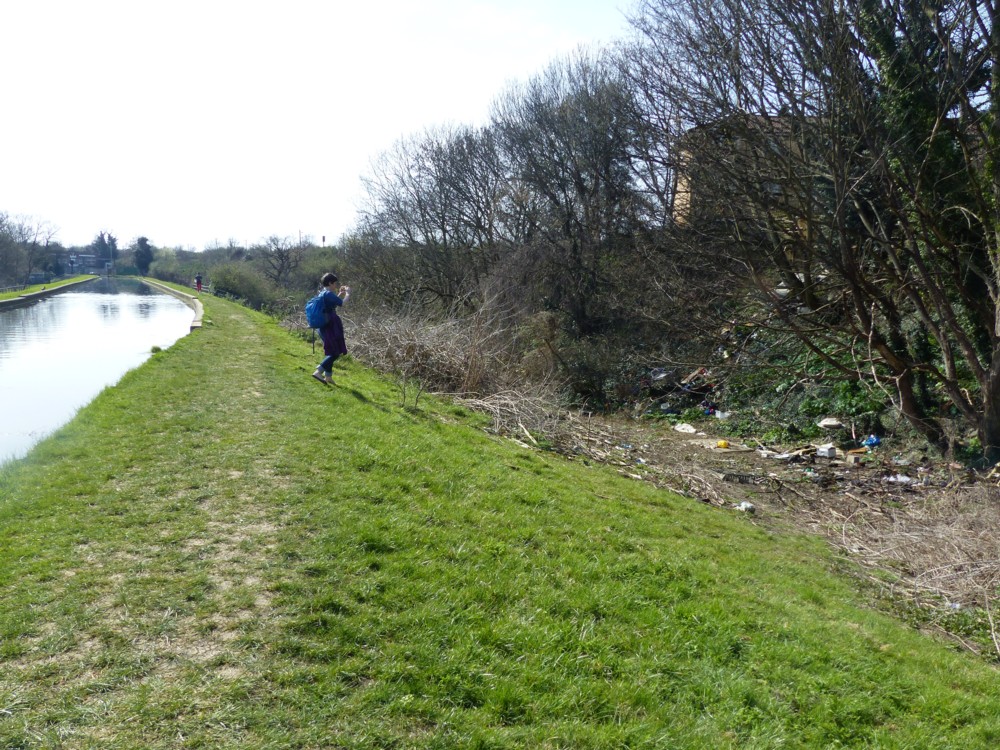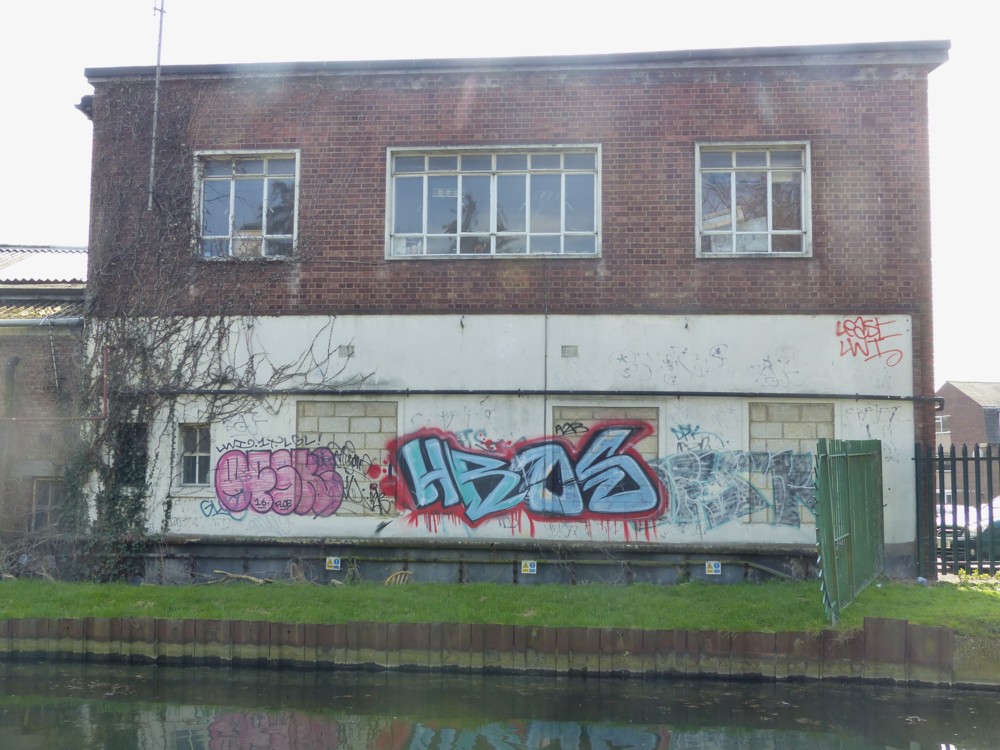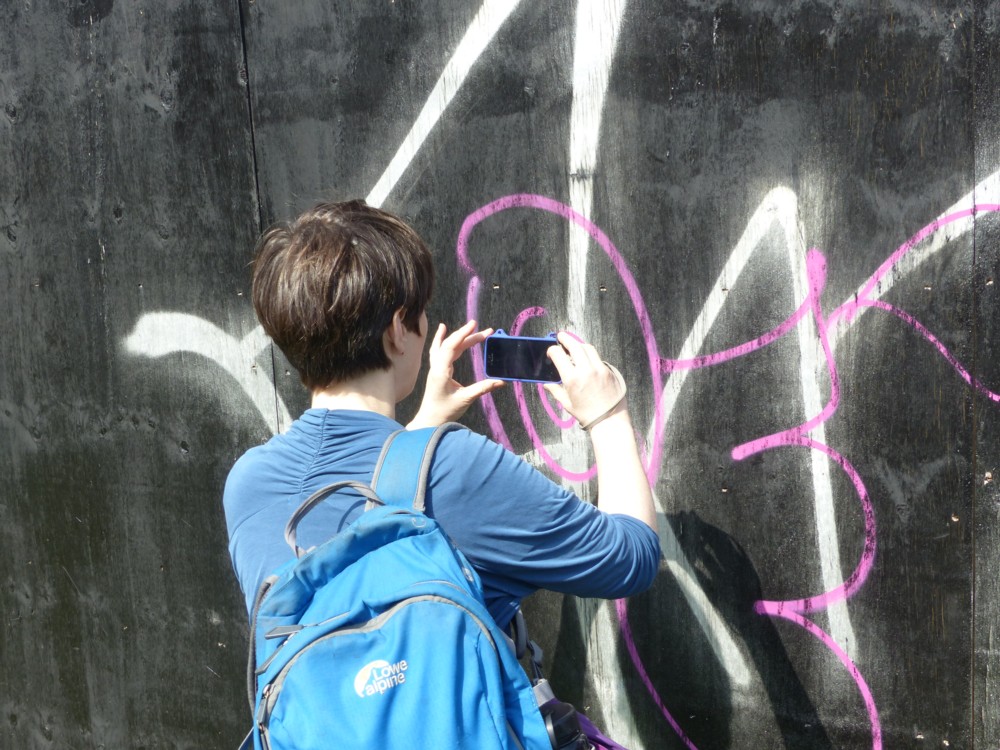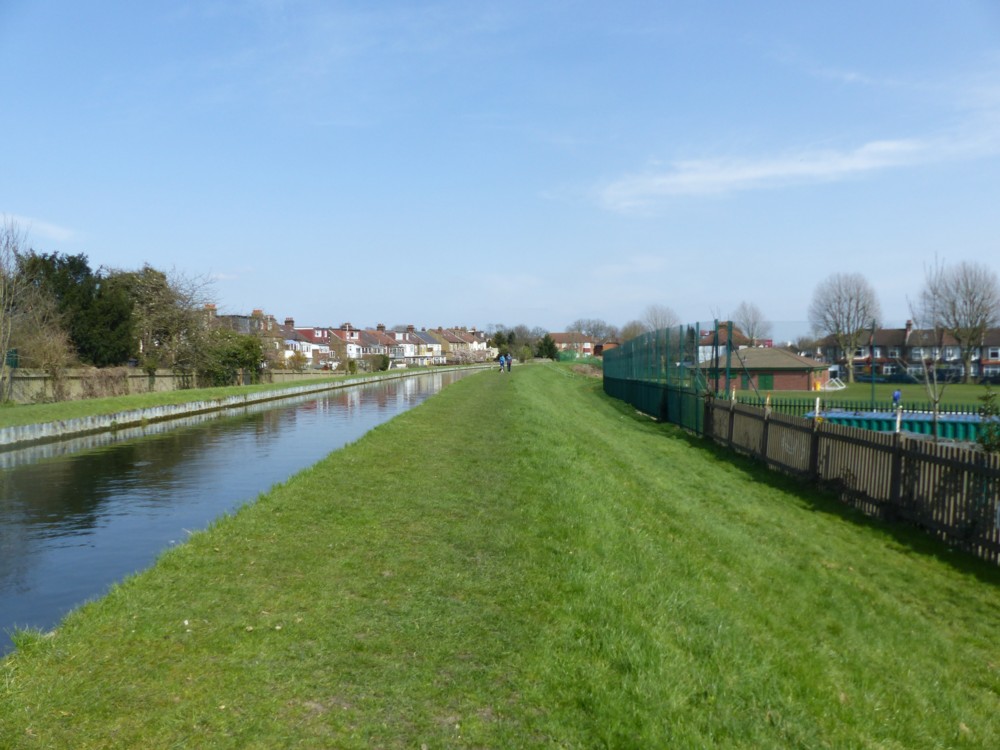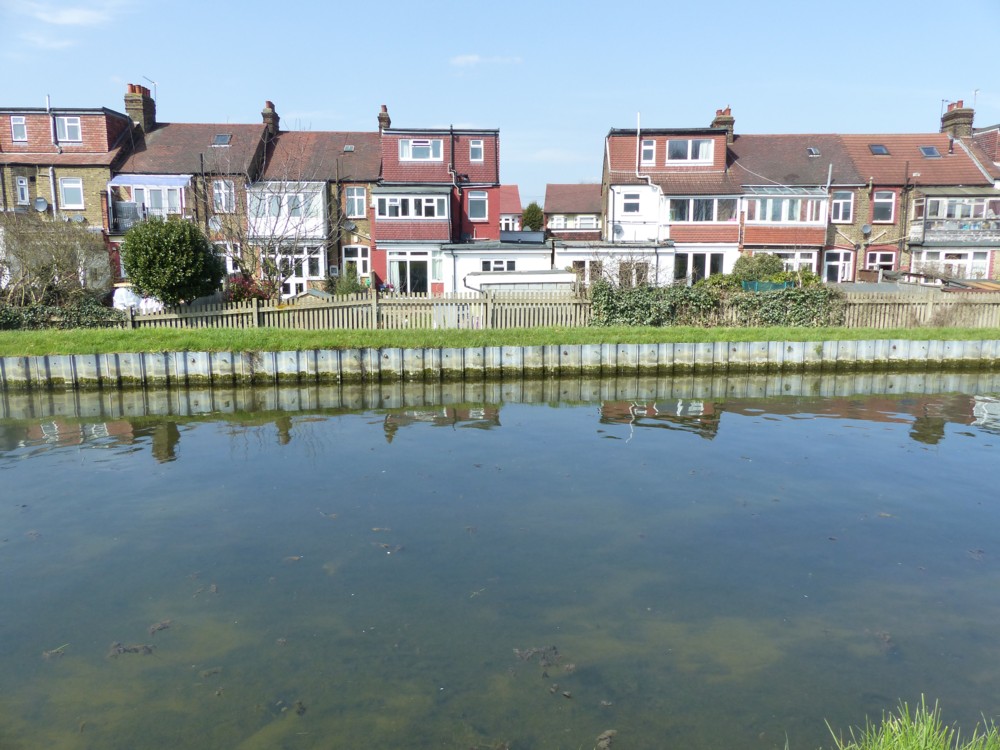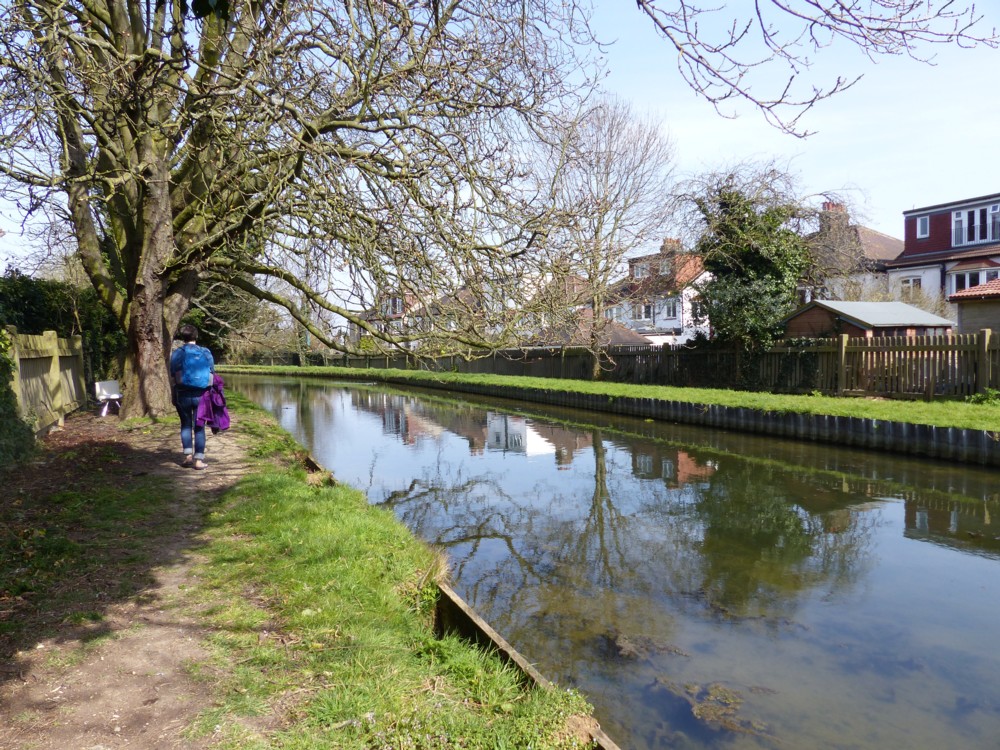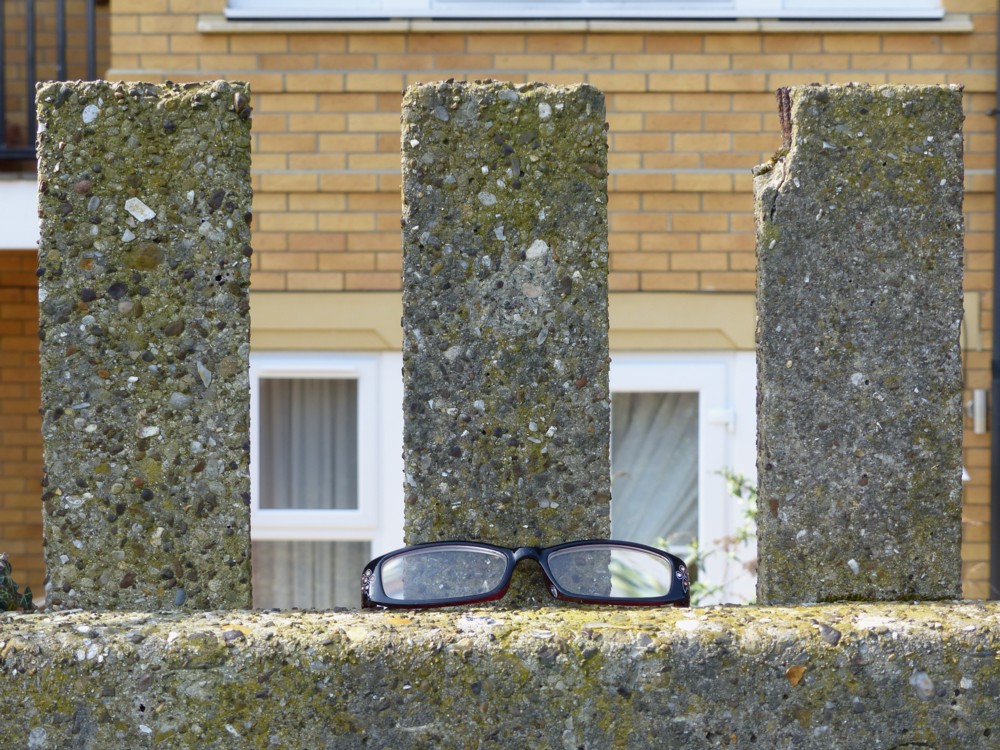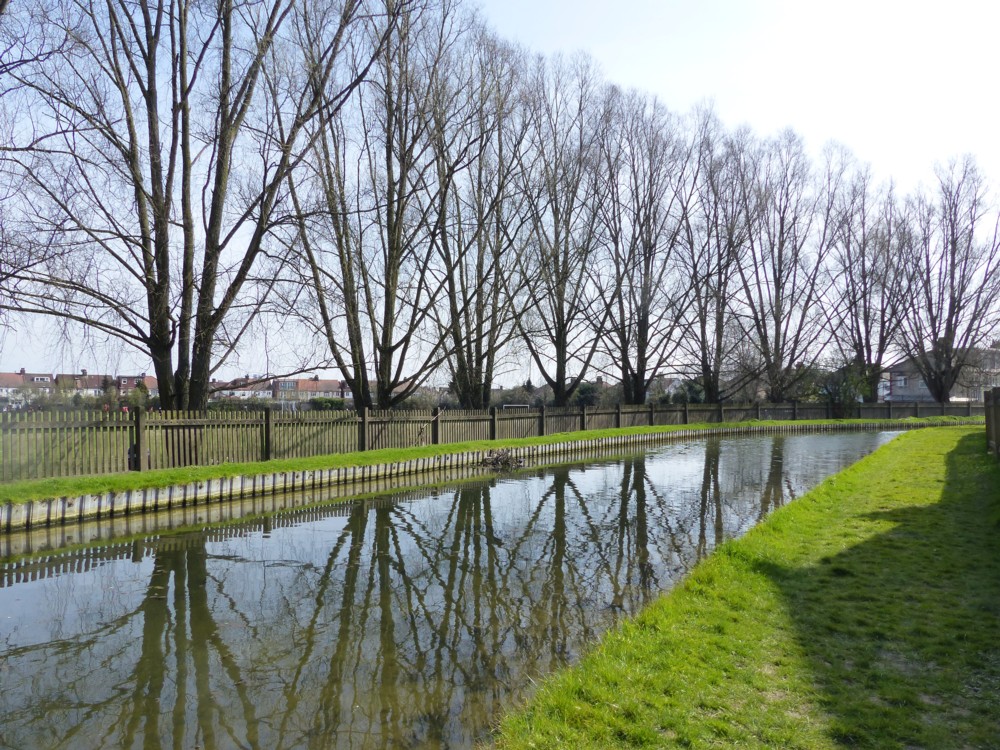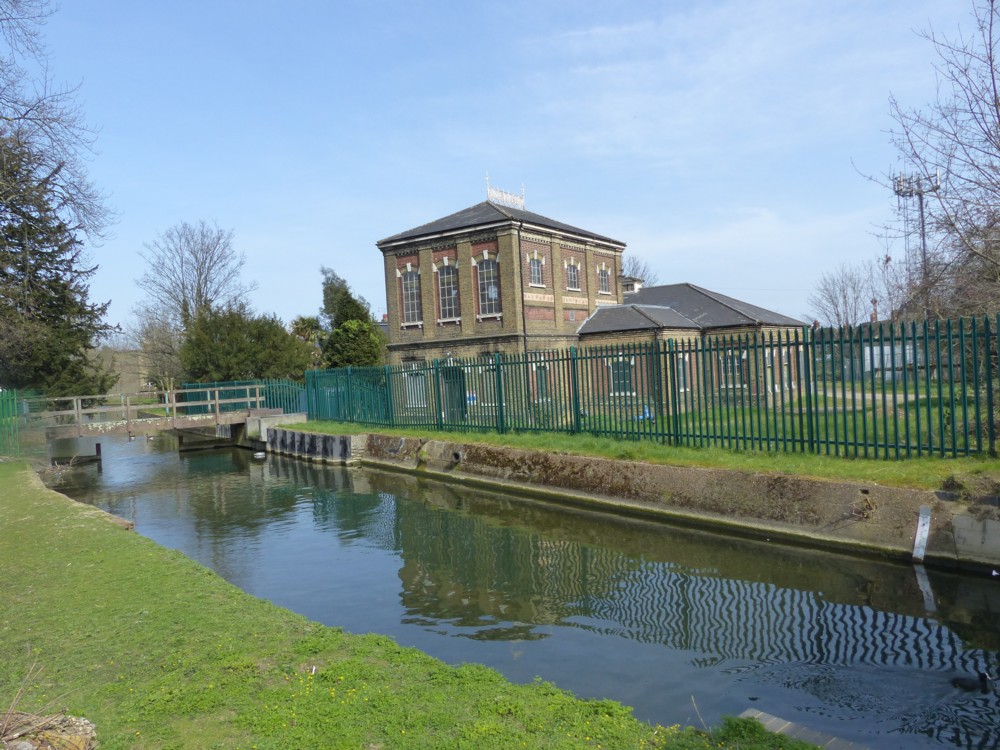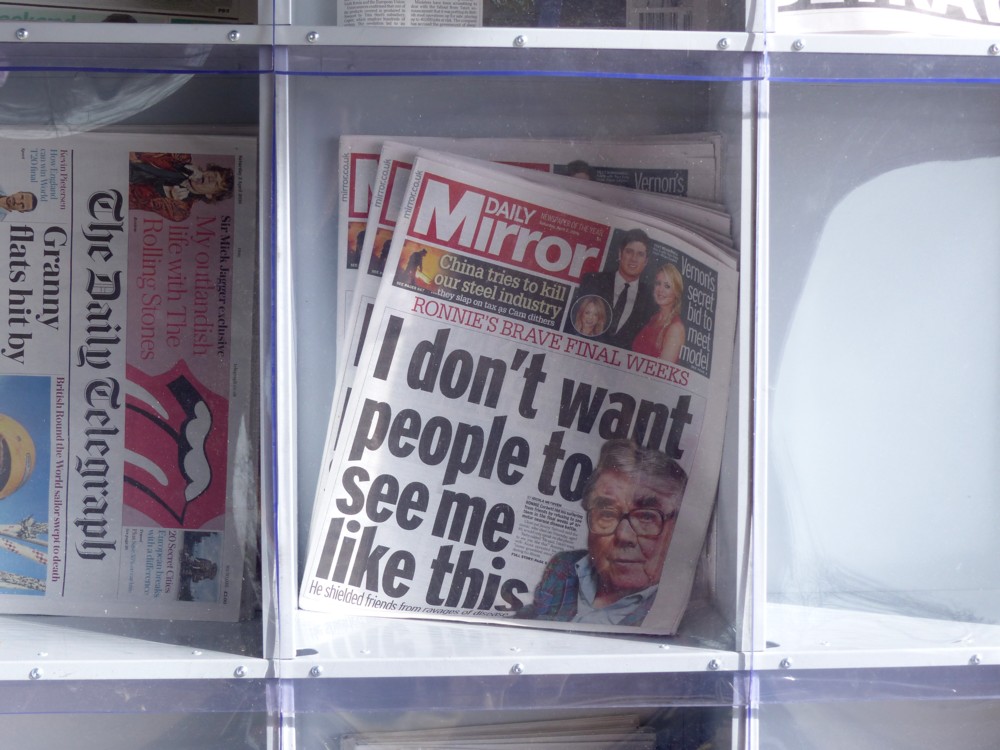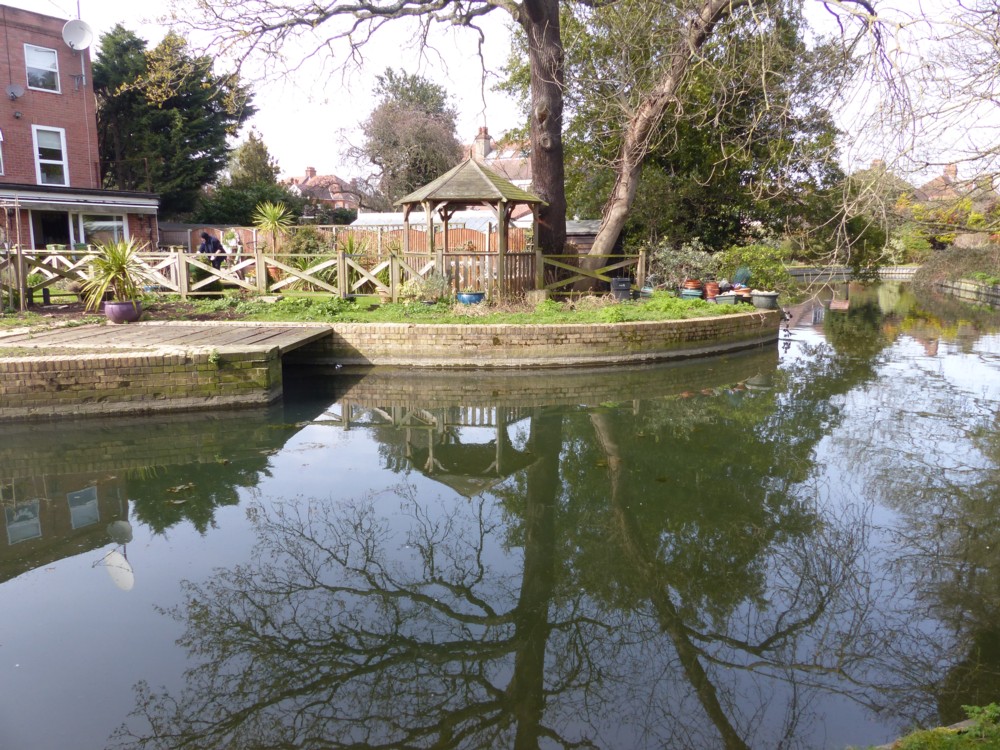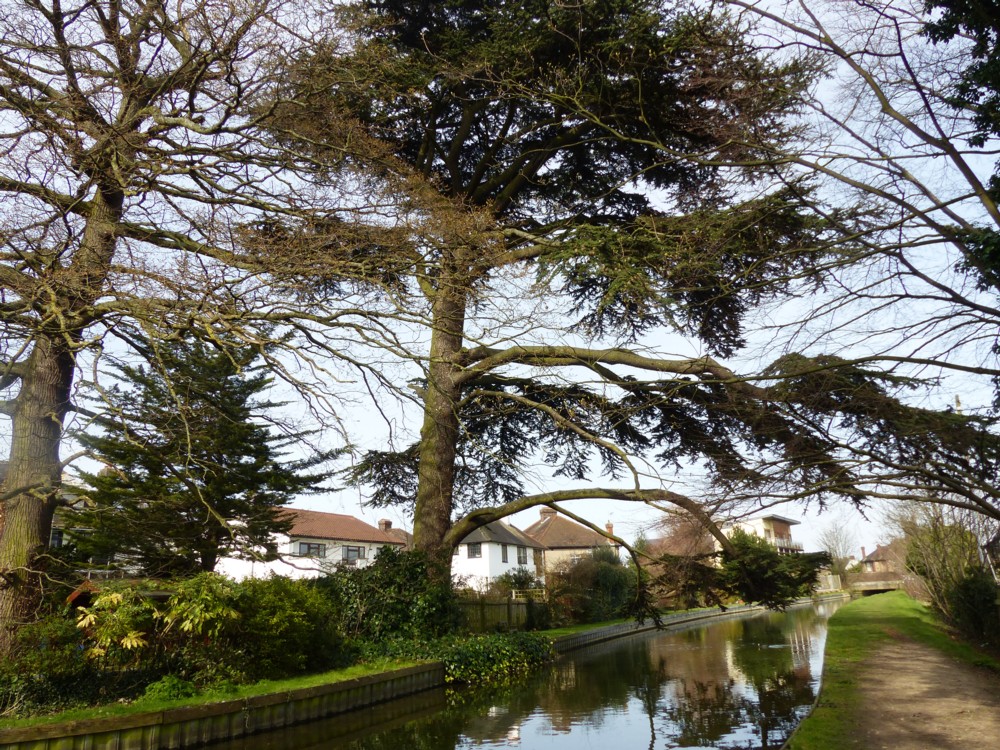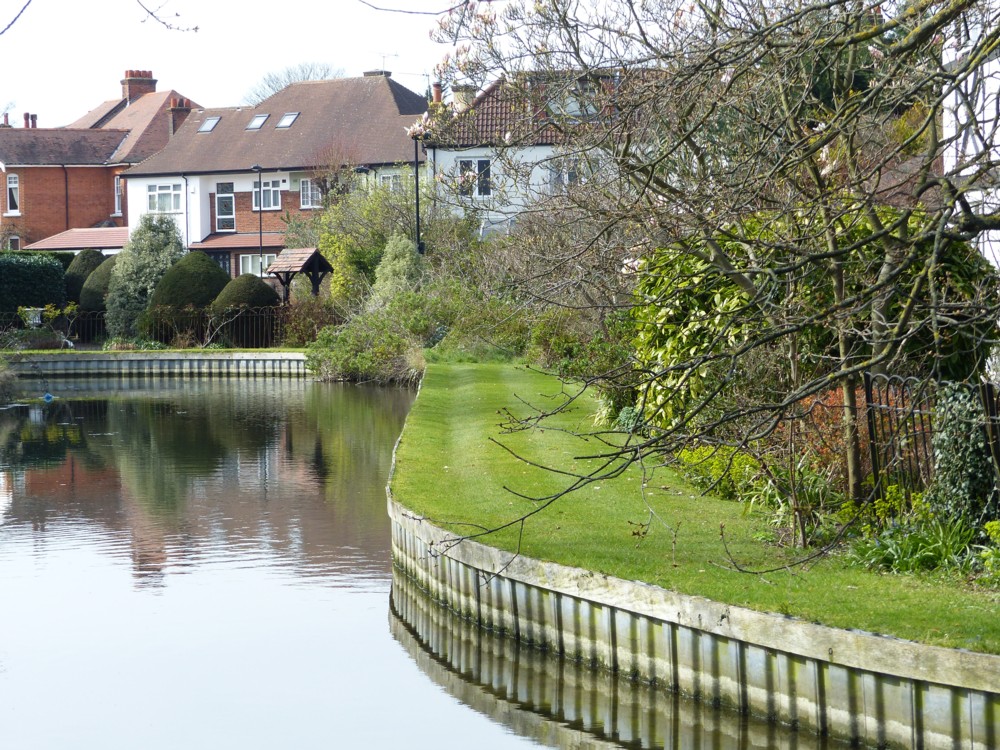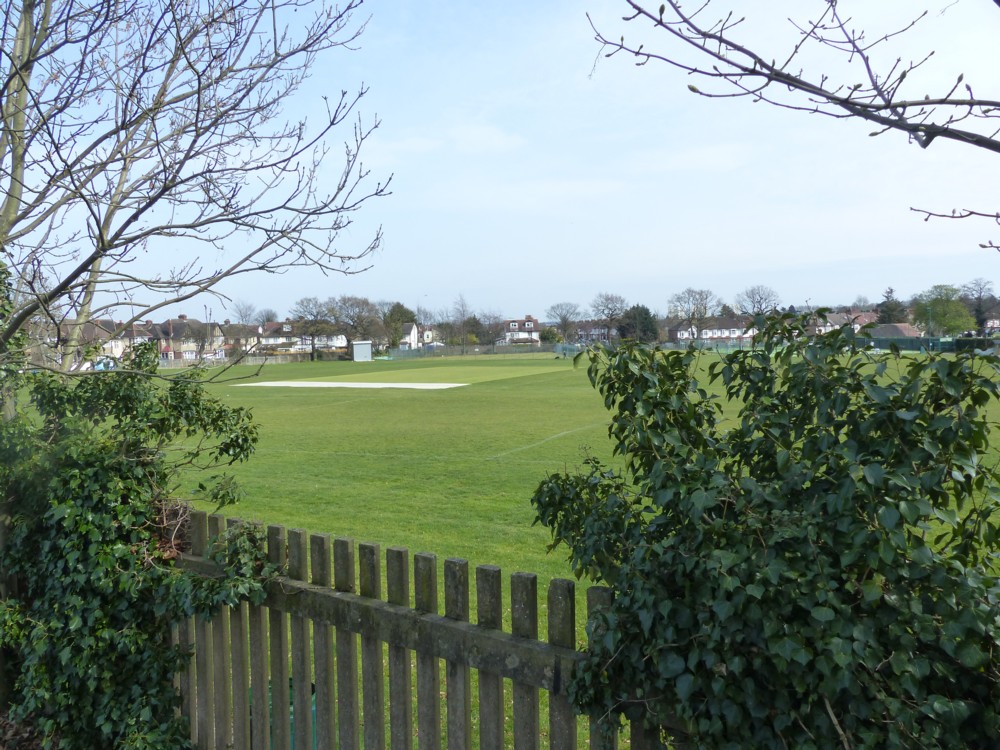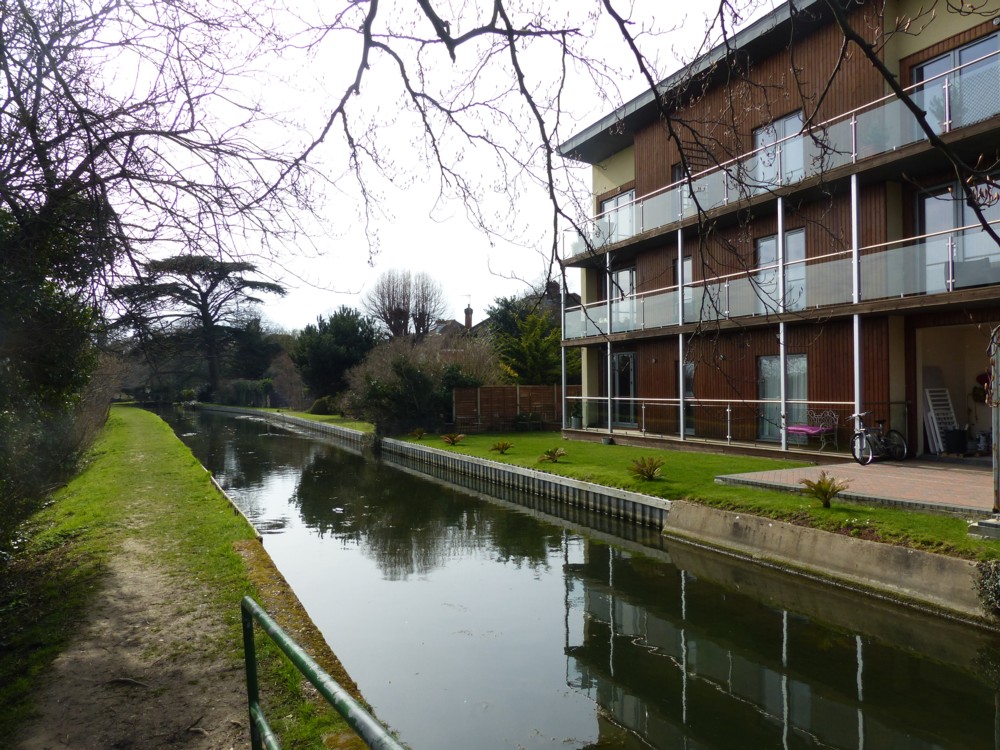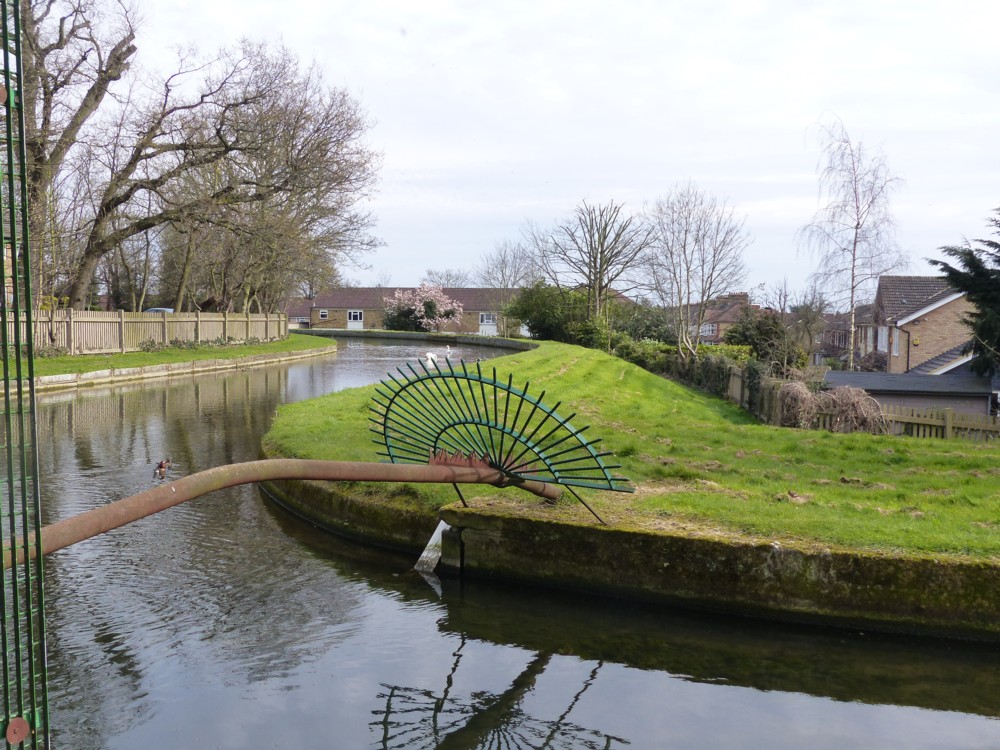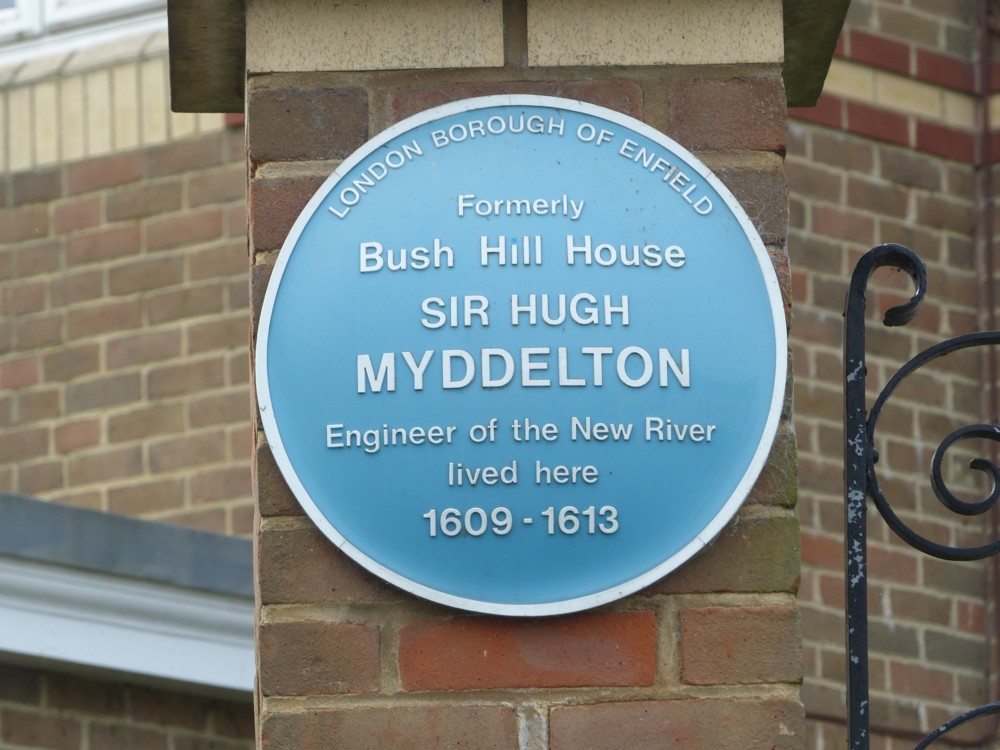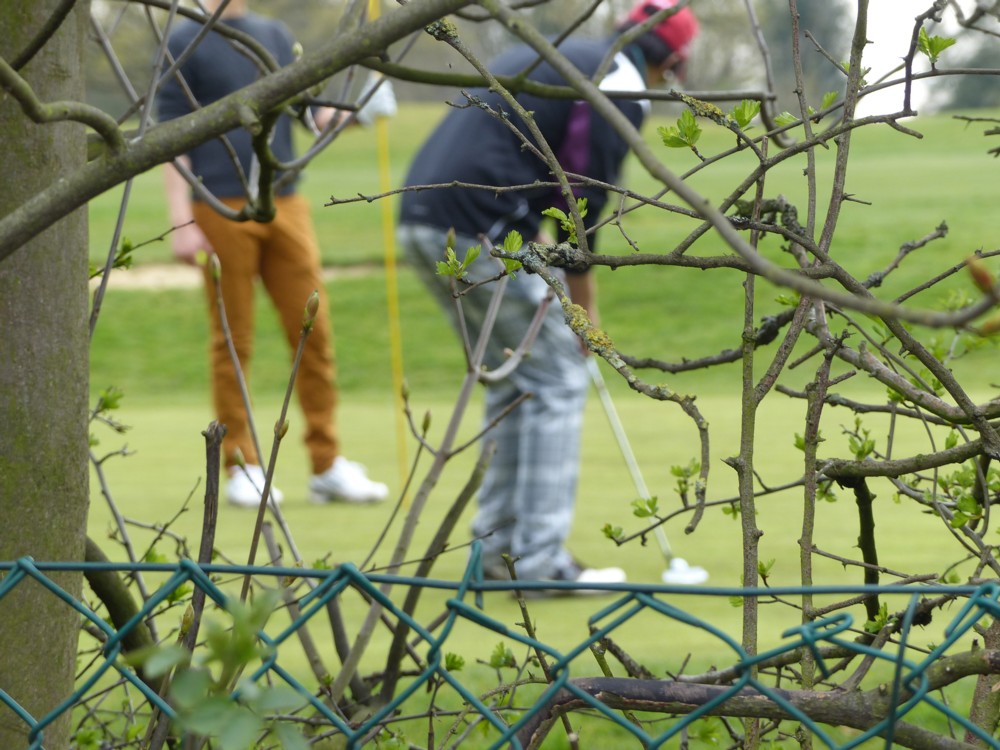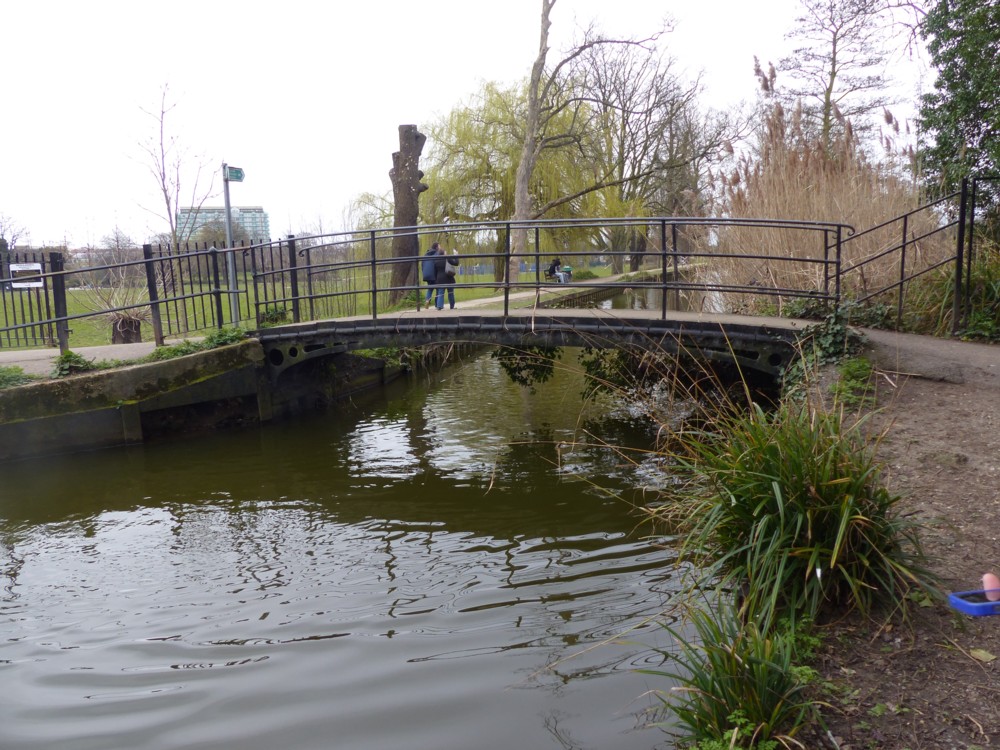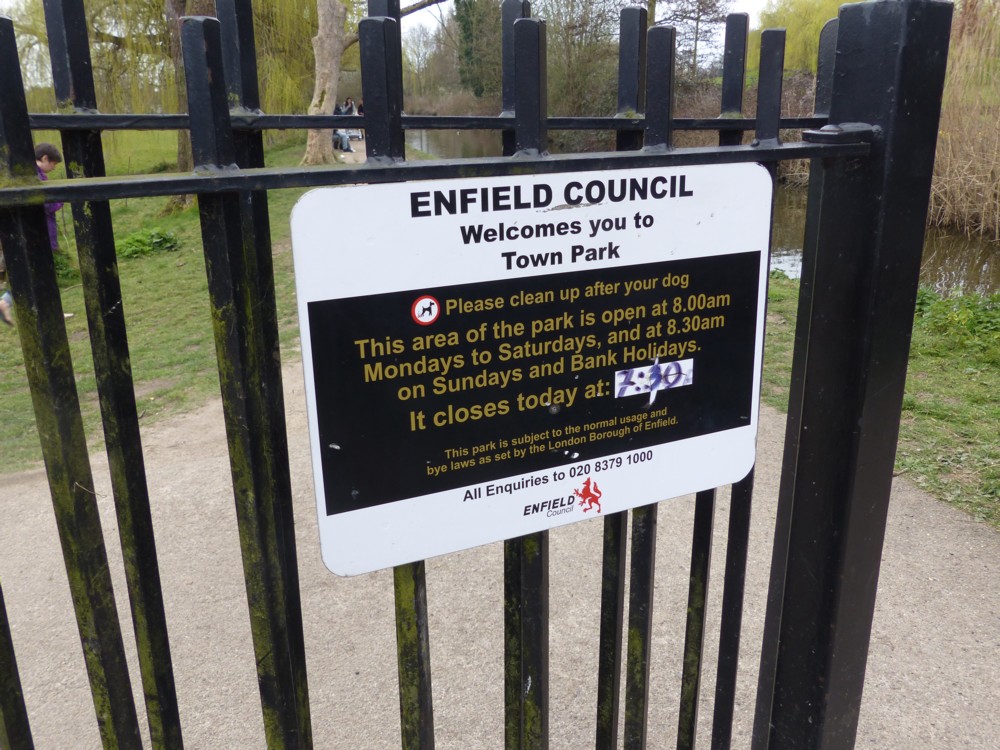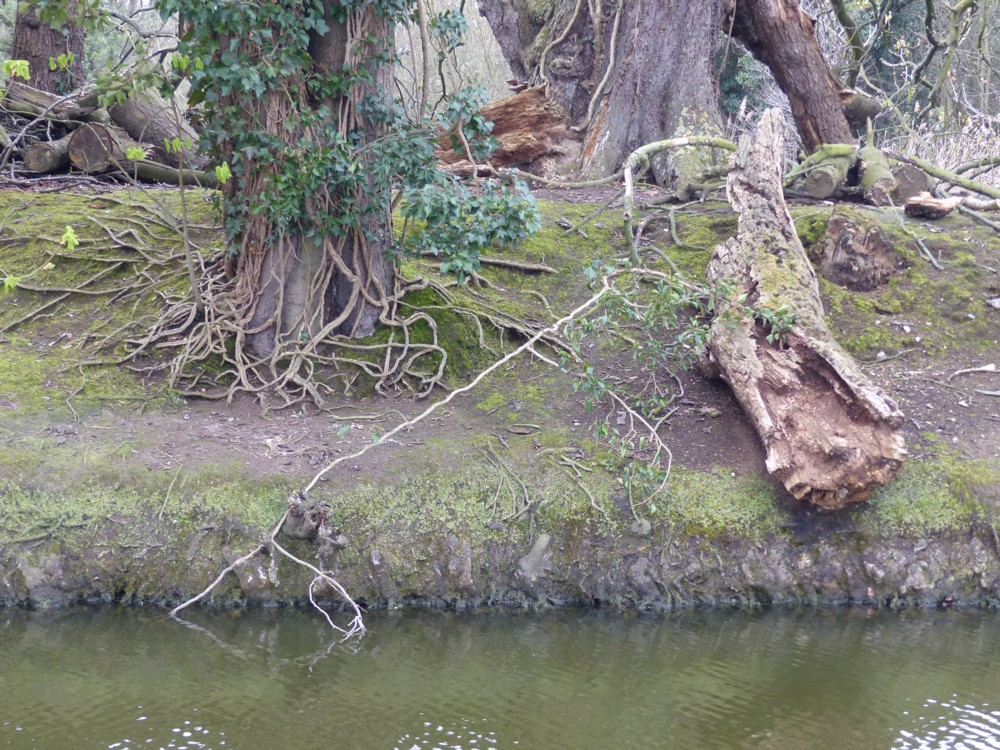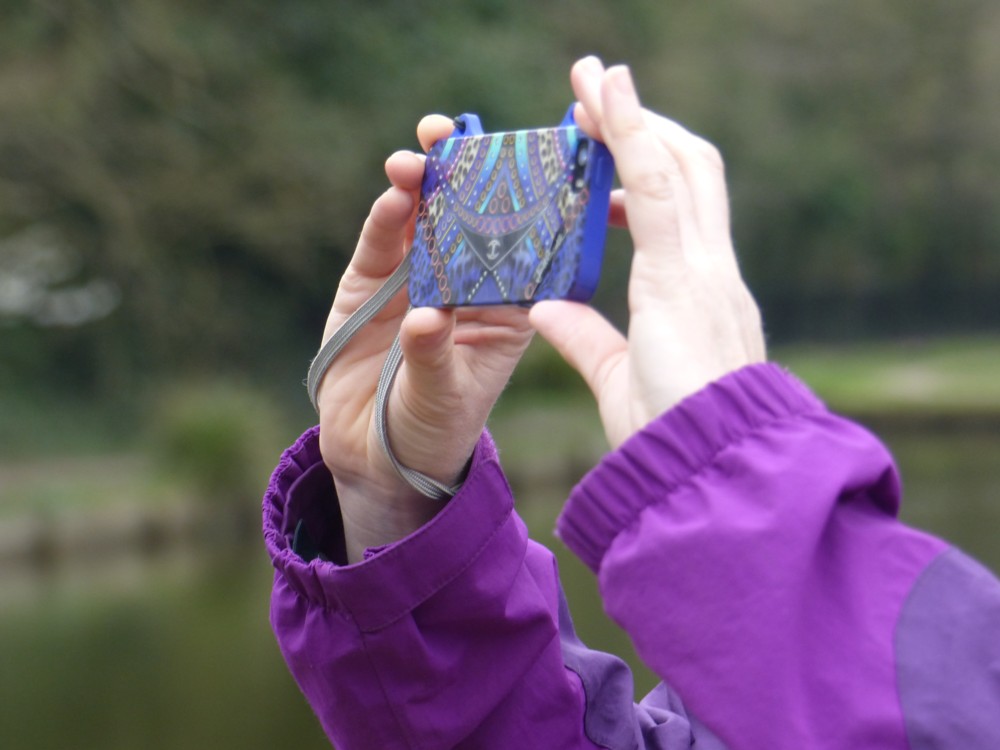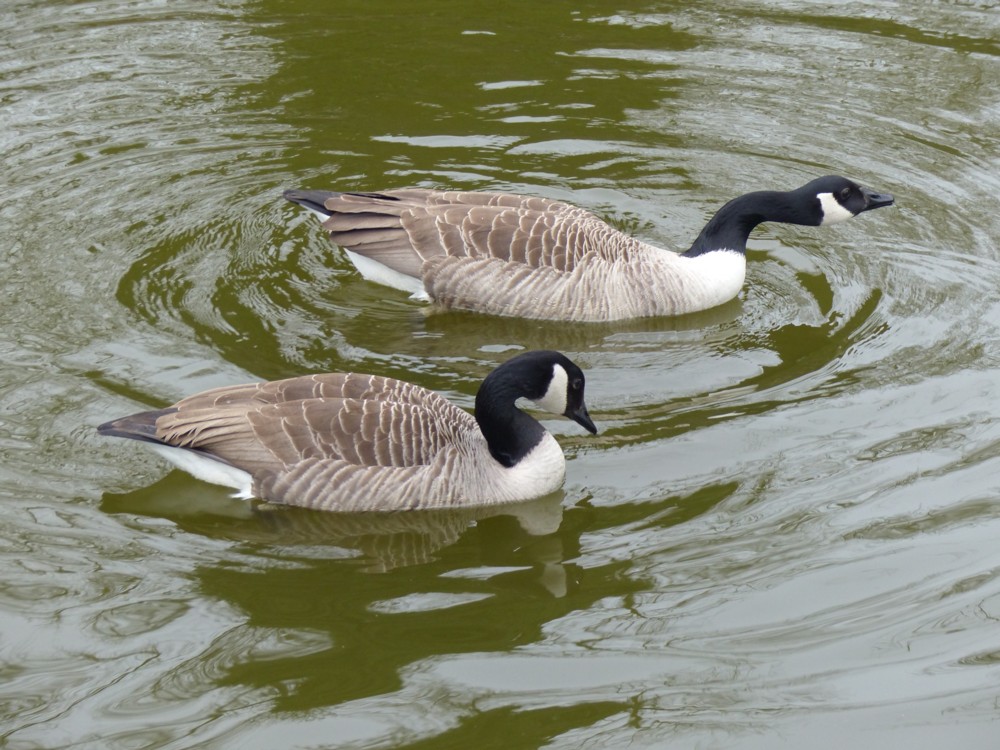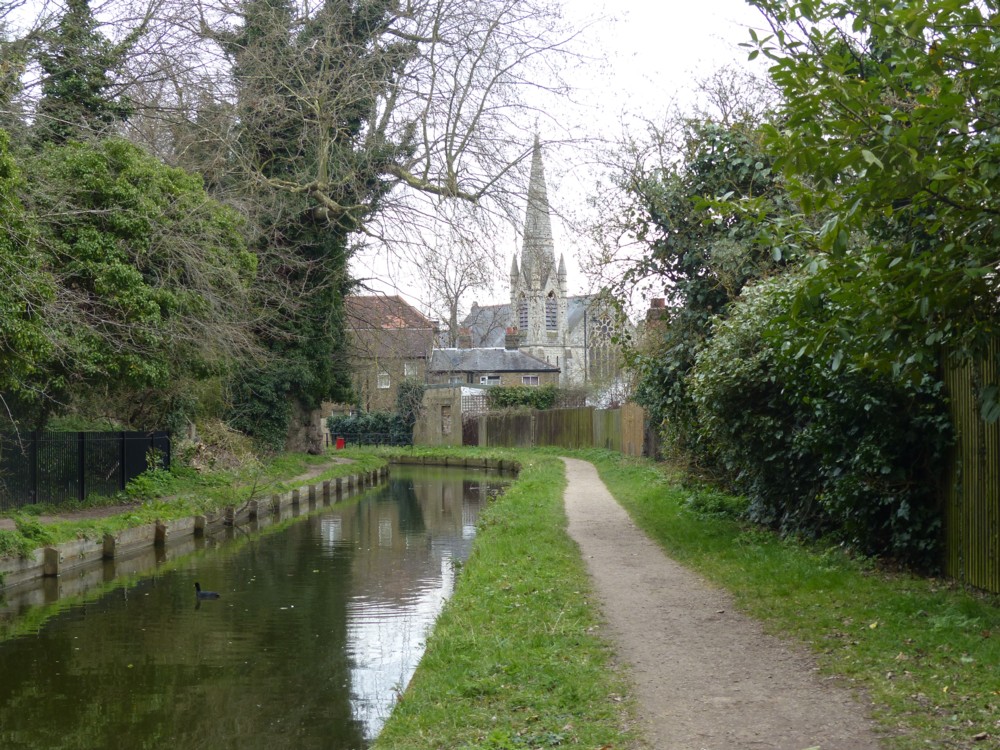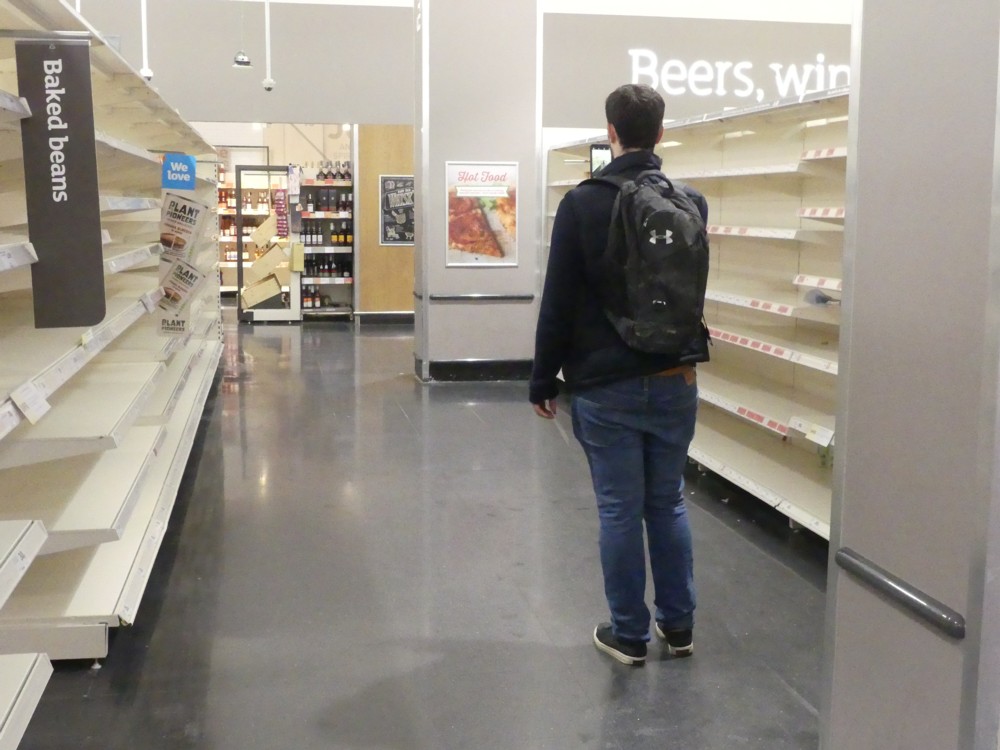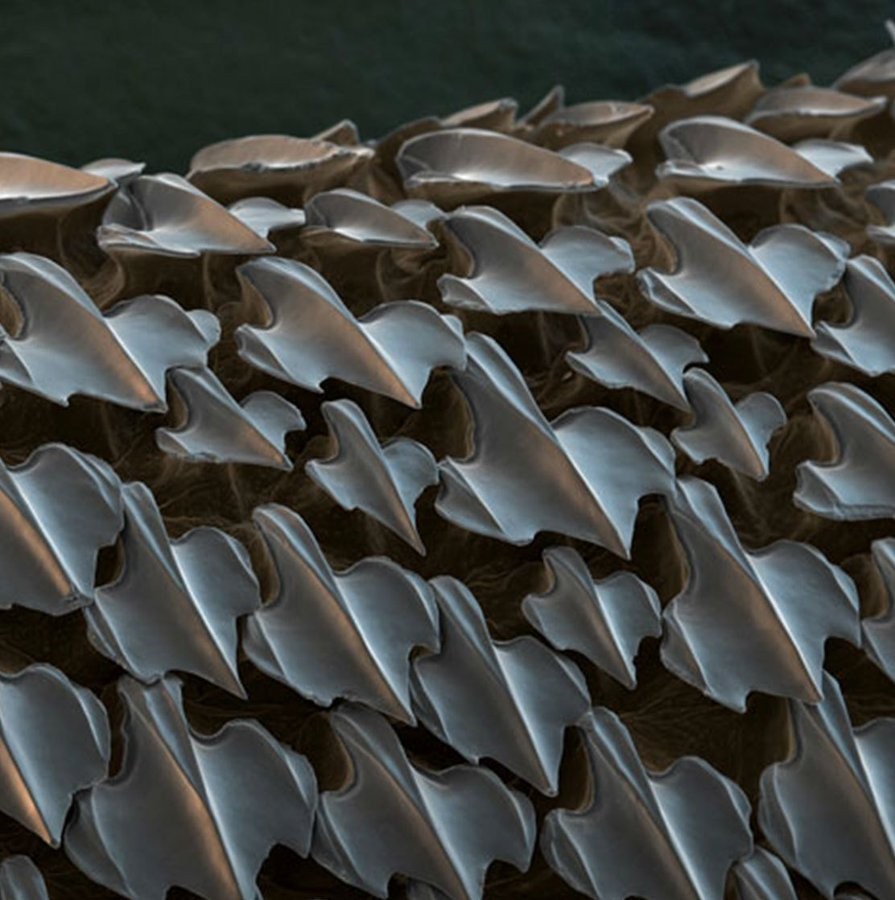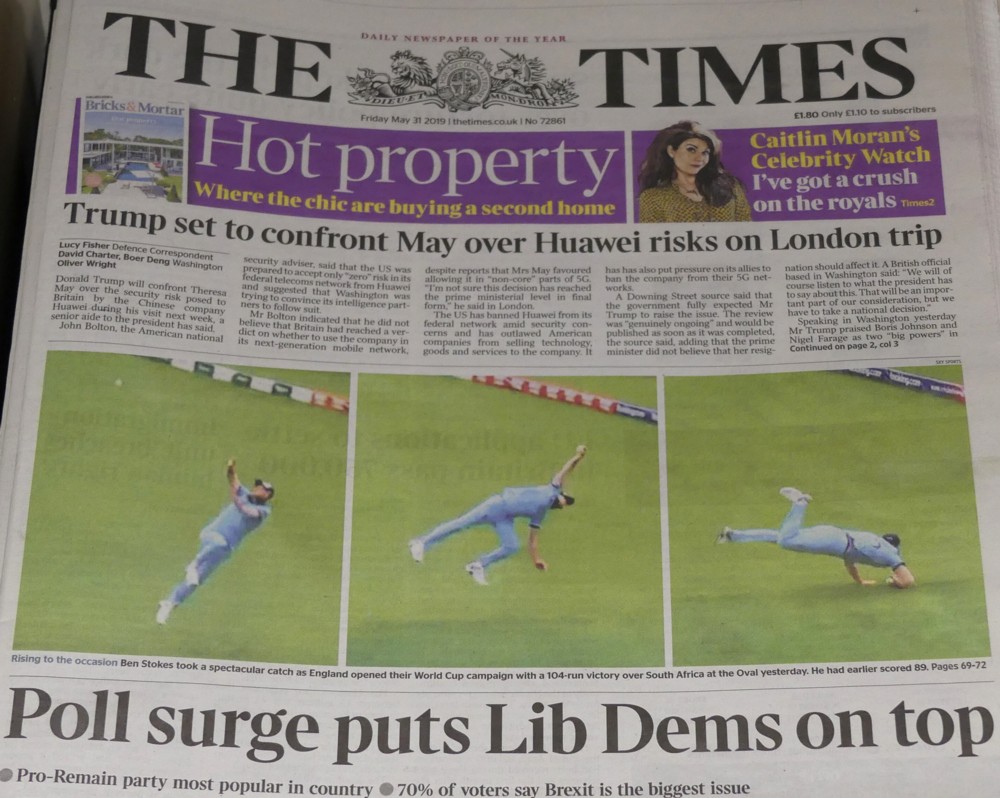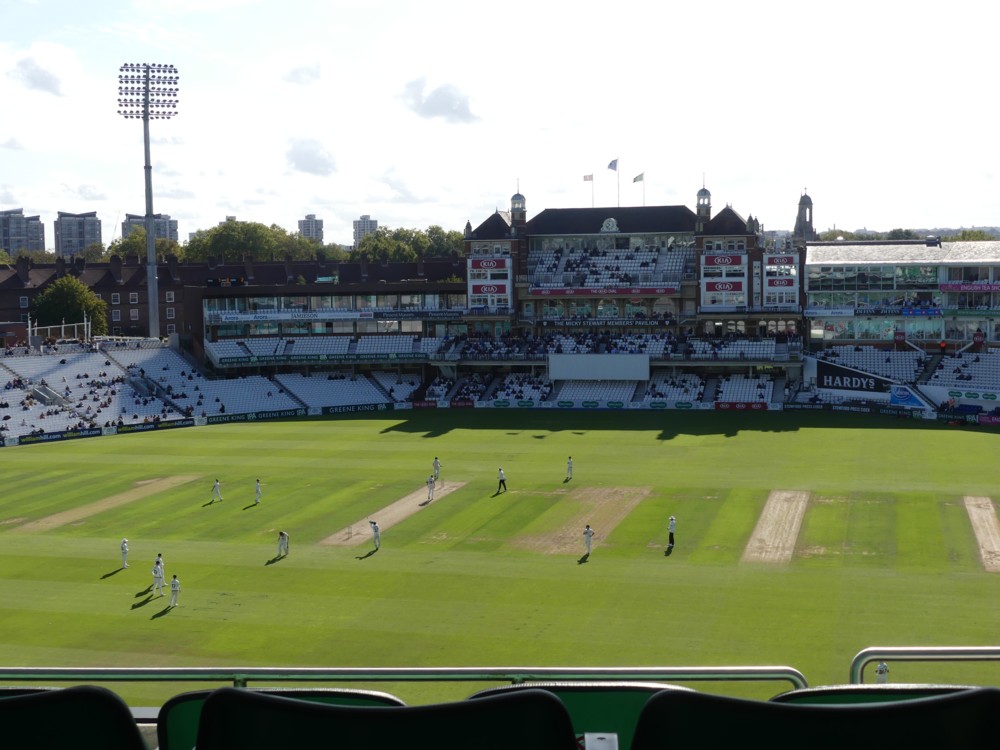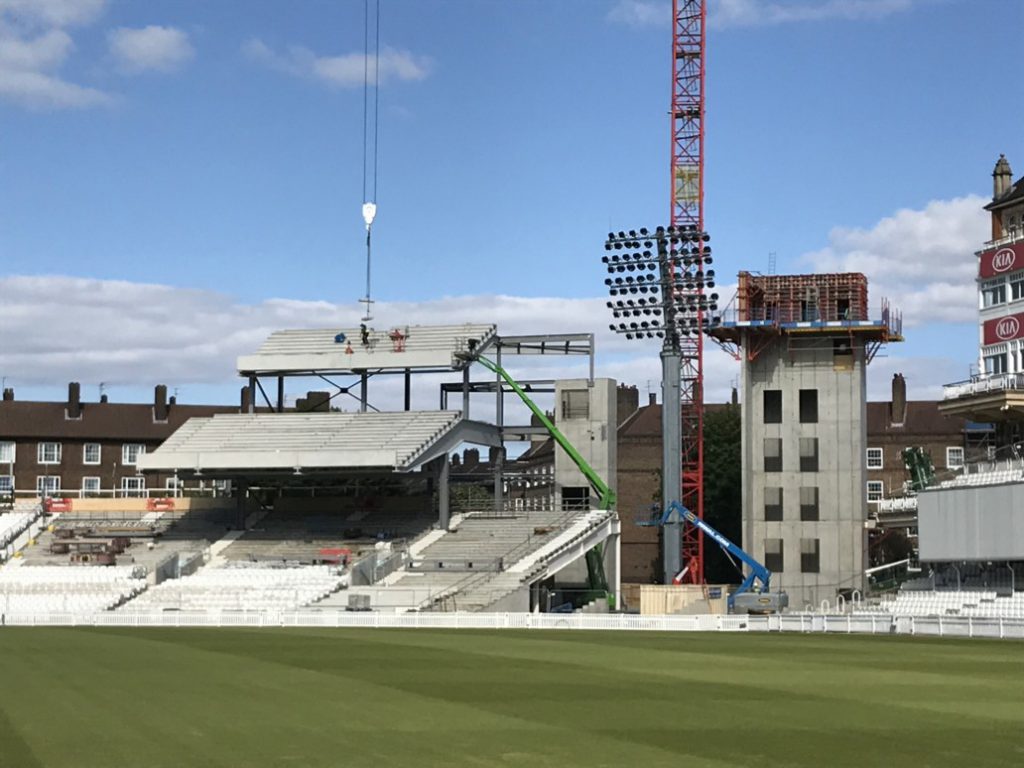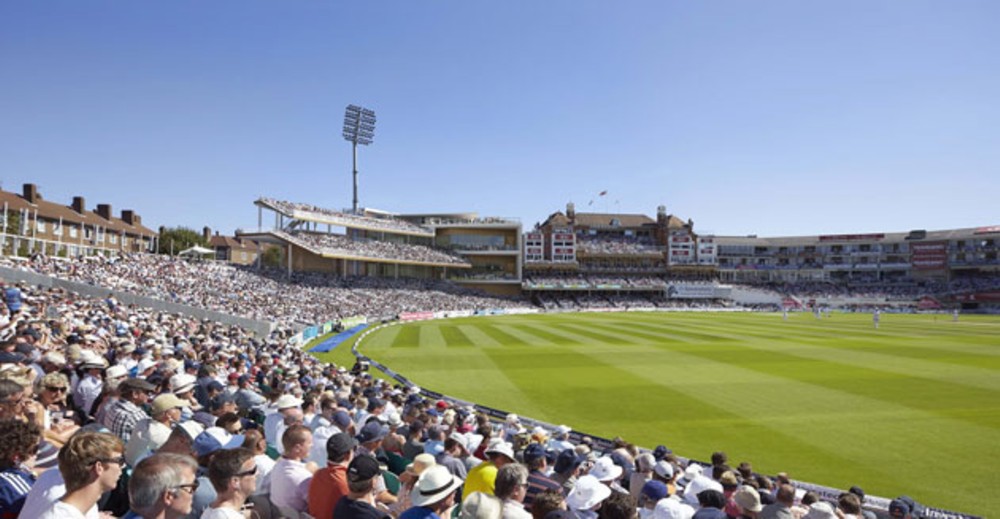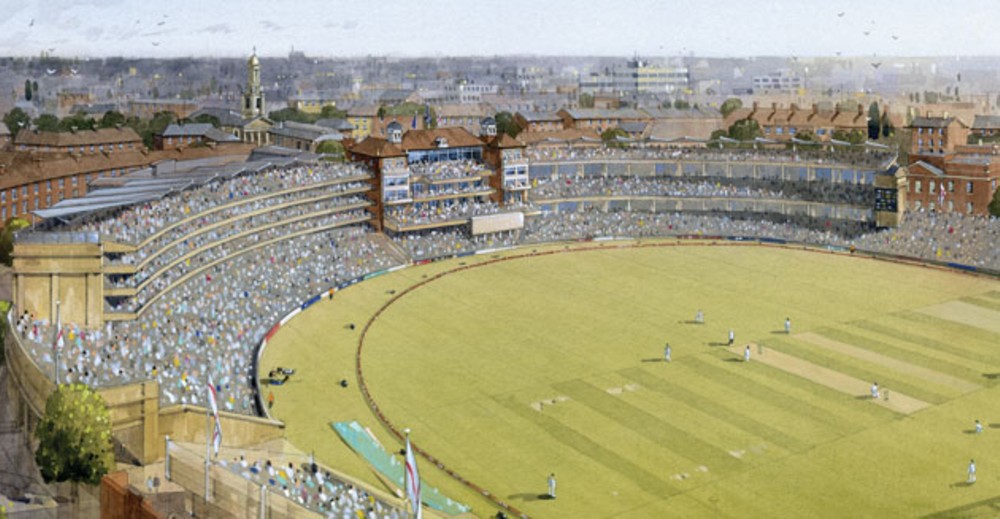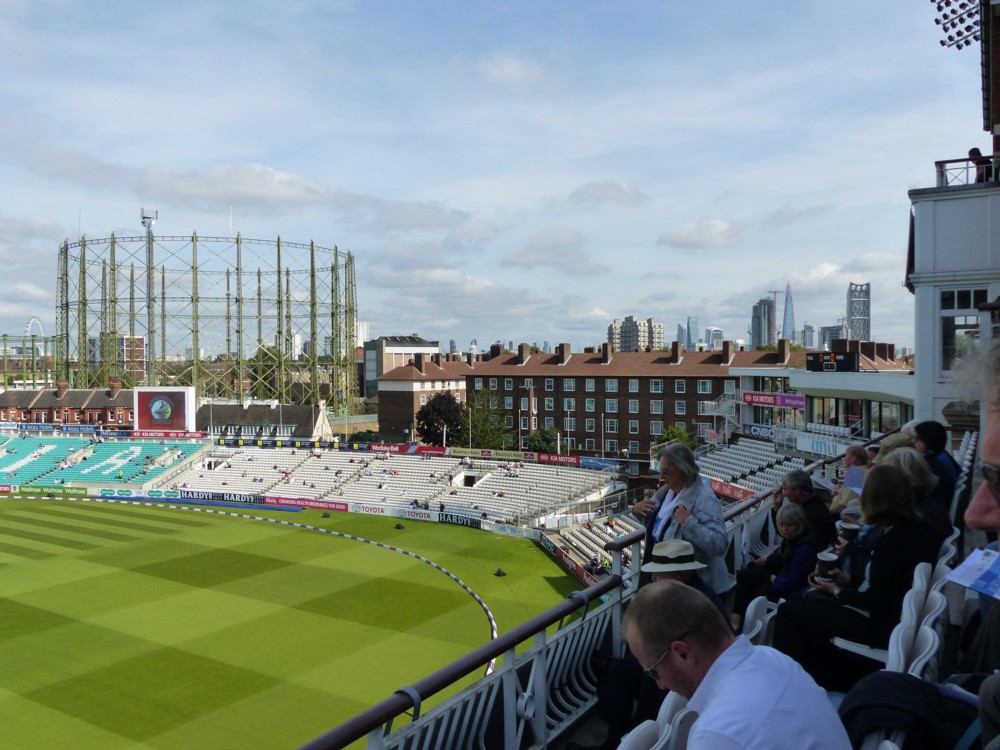Ten years plus a few days ago, I was checking out the work that was beginning to be done making the new BlackFriars Bridge railway station. And today, I checked out the resulting photos, Here are six of them:
Photo 2: Sampson House and Ludgate House, again. Photo 4: The Shard, just getting started. Soon after those photos, I photoed that black bus.
It was a somewhat gloomy day, and my camera wasn’t as good as what I have now, so I was glad to come across a couple of photos of a painting. And because I took such a good note of the painting, in the form of a photo of the painting and of its title and creator – memo to self: always do this – I was able quickly to track down a better digital version of the painting:
Reminds me of this photo of mine, but it’s far less of a muddle.
John Duffin, it would appear, sees London in the same way I do and, I’m guessing, the way lots of others do. He pays attention to landmark buildings, and all those bridges of course, and kind of recedes everything else more into the background. Cameras don’t discriminate. You have to point them at particular things if you want them to emphasise those things. Otherwise, to emphasise this or that, you have to do bullshit graphics manipulation. Or if you can’t or won’t do that (that would be me), write an essay.
I thought: does John Duffin have a website? Of course he does.
Here are a couple more Duffins:
On the left, many more London bridges, from the Albert (I think) Bridge in the foreground, all the way to Tower Bridge. And on the right, oh look, that’s Lord’s cricket ground. Nice player shadows.
I love how, with a camera, and provided you photoed notes as well as photos, you can pick up where you left off a decade ago.

